Assiniboine Park and Zoo National Historic Event
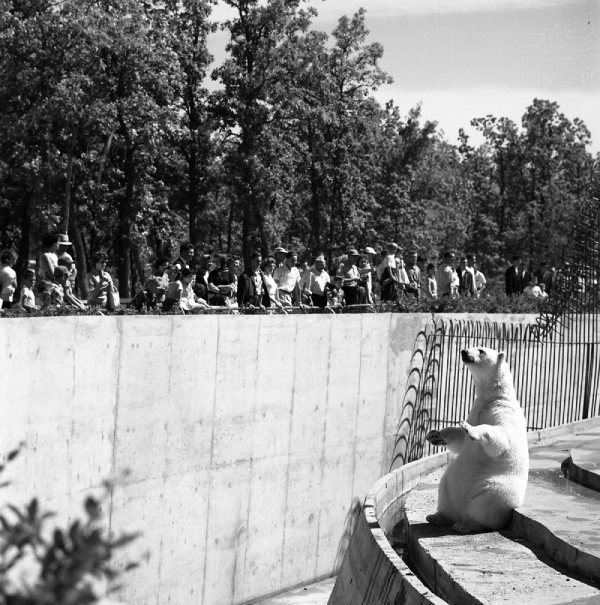
© National Film Board of Canada fonds / Library and Archives Canada
The Assiniboine Park and Zoo was designated as a national historic event in 2016.
Historical importance: established in 1904 as part of the Winnipeg’s park planning policy, it's a rare surviving example of a combined park and zoo that remains a thriving and dynamic urban park. The park’s zoo is the oldest remaining zoo in Canada.
Commemorative plaque: will be installed at the Assiniboine Park and Zoo, 2595 Roblin Boulevard, Winnipeg, ManitobaFootnote 1
Assiniboine Park and Zoo
Established in 1904, the combined Assiniboine Park and Zoo formed the centrepiece of Winnipeg’s innovative and forward-looking urban park system. The park, designed by Frederick Todd, reflected the city’s aspirations as a growing prairie metropolis and gateway to the Canadian West. Connecting city dwellers with nature, the park’s expansive green spaces, gardens, and oldest extant zoo in Canada demonstrate an evolving recognition of the importance of conservation. A pavilion, duck pond, and the Leo Mol Sculpture Garden are other distinguishing features of this well-maintained and dynamic park and zoo, which continue to thrive today.
Assiniboine Park and Zoo, Winnipeg, Manitoba
Born of boosterism and reform movements that swept rapidly-growing Prairie cities during the late 19th and early 20th centuries, Winnipeg’s Assiniboine Park and Zoo represents a defining episode in urban park development. Established in 1904, this rare surviving example of a combined park and zoo has been maintained with pride for over a century, successfully adapting to the changing needs of the citizens of Winnipeg. The park’s zoo, the oldest remaining zoo in Canada, speaks to the changing relationship between humans and animals, demonstrating how western societies organized, experienced, and understood the natural world during the 20th century. Connecting city dwellers with nature, the park’s expansive green spaces, gardens, and zoo demonstrate an evolving recognition of the importance of conservation.

© Albertype Company / Library and Archives Canada / PA-032693
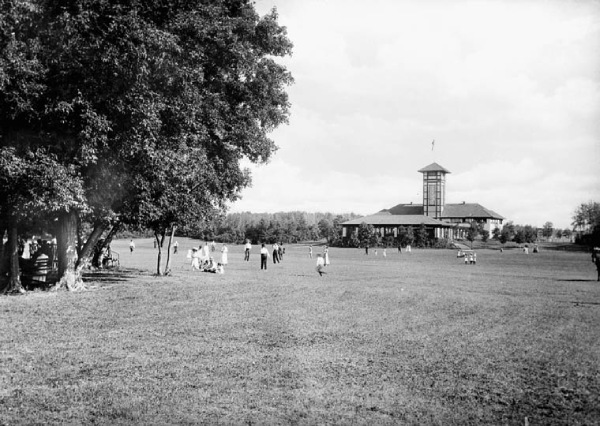
© Albertype Company / Library and Archives Canada / PA-031552
With Winnipeg’s aspirations as a growing prairie metropolis and the gateway to the Canadian West, the city established an innovative park planning policy that viewed a system of urban parks as an essential service for citizens. Park planners had dual goals of building an attractive city for investors while improving the quality of life in the overcrowded urban core, and established Assiniboine Park as the largest park in a system of recreational areas and treed boulevards. The Parks Board employed the American-born landscape architect Frederick G. Todd to design the park. A former apprentice of Frederick Law Olmstead, the renowned architect of Central Park in New York City and Mount Royal in Montréal, Quebec, Todd had great influence on urban landscapes in Canada, designing gardens, parks, and neighbourhoods across the country. Assiniboine Park and Zoo opened to the public on Victoria Day, 1909.
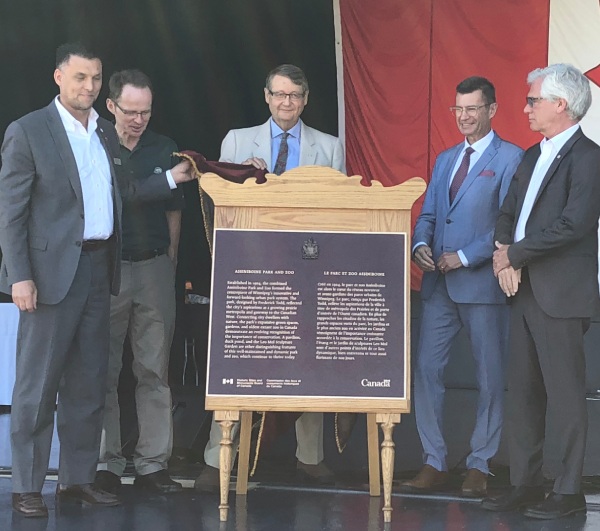
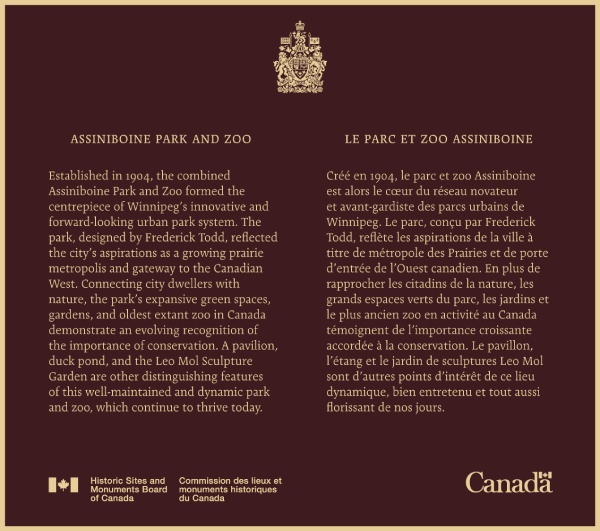
The zoo initially reflected widespread beliefs that the role of humans was to observe, catalogue, and dominate the natural world, and it housed animals like bears in pits that visitors could peer down upon. In 1950, the Parks Board established a Zoo Advisory Committee that, in consultation with zoological experts, planned for the reinvention of the zoo as an educational space and living museum. The zoo increasingly housed animals in spaces replicating natural habitats, designed with their wellbeing in mind. Exhibits like the Tropical House, opened in 1972, offered visitors the immersive experience of entering climate-controlled environments shared by the animals.
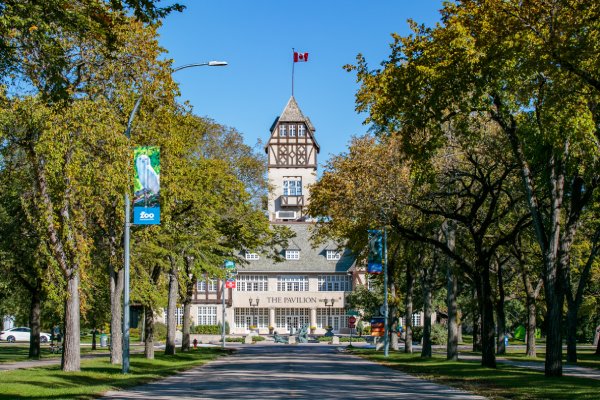
© Assiniboine Park Conservancy
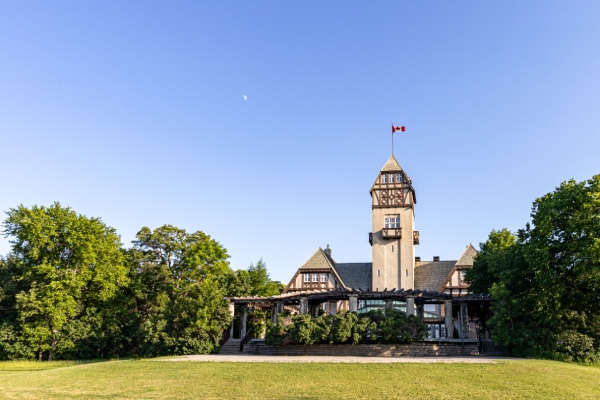
© Assiniboine Park Conservancy
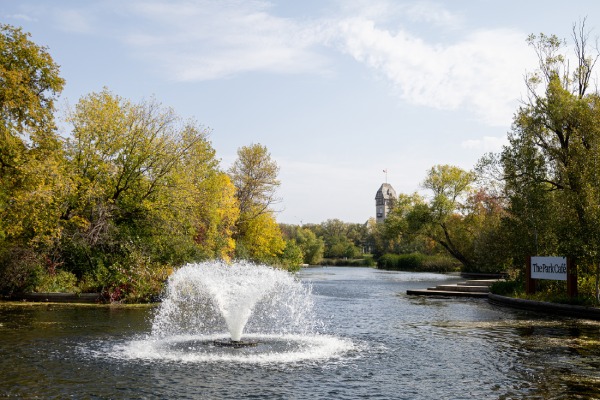
© Assiniboine Park Conservancy
Assiniboine Park and Zoo is the site of celebrated Winnipeg landmarks such as the pavilion, duck pond, and the Leo Mol Sculpture Garden. This well-maintained and dynamic site continues thrive today, and is a favourite spot for picnics, civic events, and commemorations.
This press backgrounder was prepared at the time of the Ministerial announcement in 2018.
The National Program of Historical Commemoration relies on the participation of Canadians in the identification of places, events and persons of national historic significance. Any member of the public can nominate a topic for consideration by the Historic Sites and Monuments Board of Canada.
- Date modified :